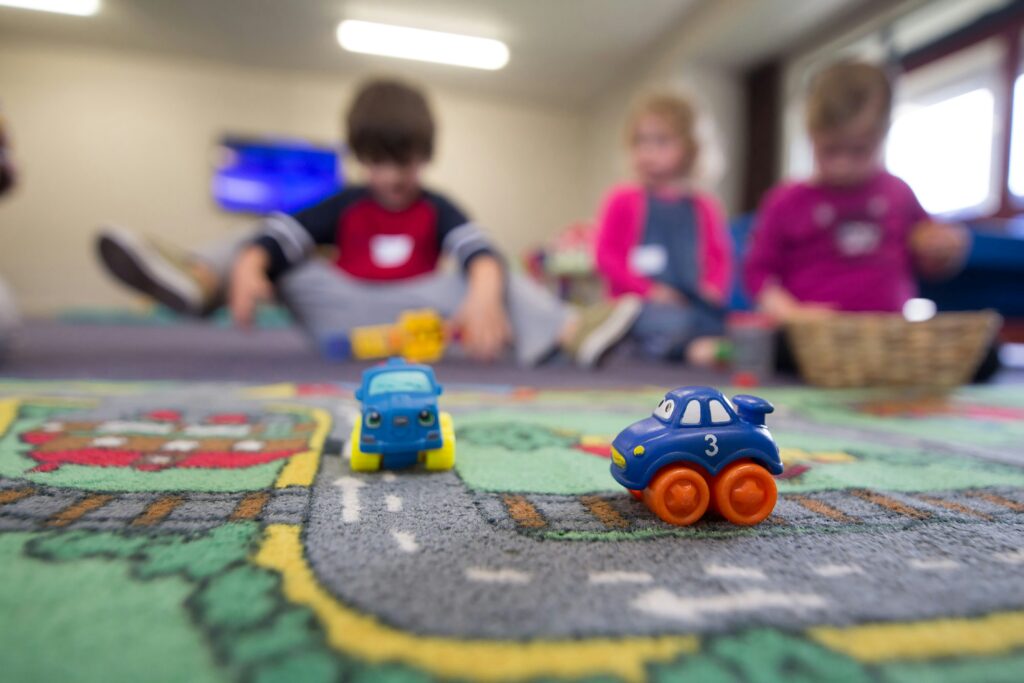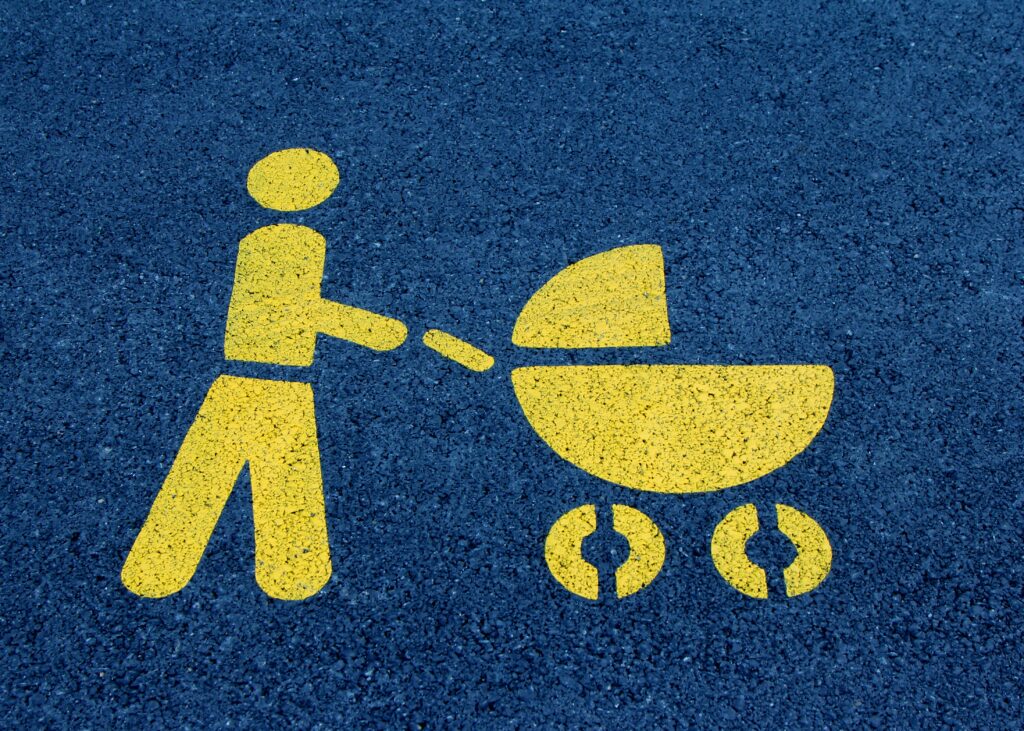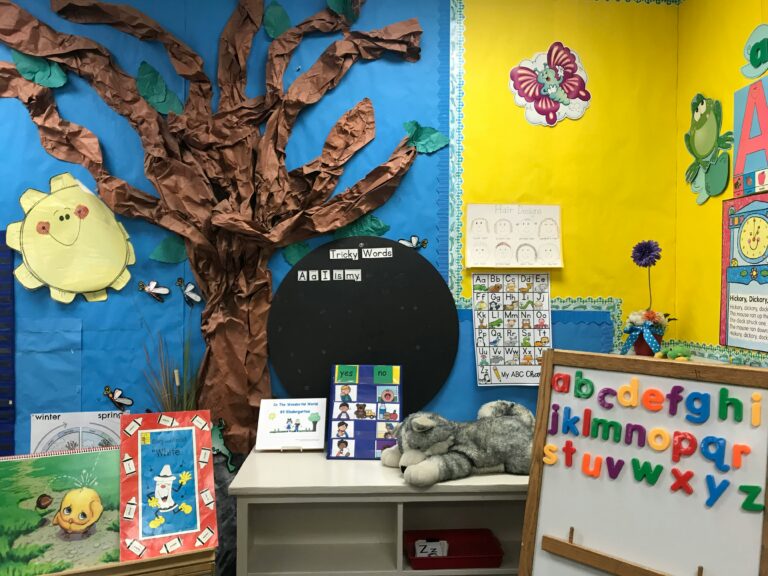Inclusive Design for Learning – The Best Theory You’ve Never Heard Of
Featured Image by Taiki Ishikawa on Unsplash
Kati’s reflection on inclusive design for learning
U-D-All-That?
I first learned about universal design for learning (UDL) in 2014 in my special education teacher degree program. Since then, UDL seems to be all the rage! But is it as good as everyone thinks it is? Is it really possible to meet everyone’s needs? What if one person’s solution becomes another person’s problem? That’s where inclusive design for learning comes in. Here’s a quick video that gives an overview of the practice of inclusive design:
We accidentally stumbled across inclusive design for learning when doing research on open education resources (OER) for inclusion. Now we have embraced this design practice. Initially, we included UDL as a framework for our project, but soon decided that we didn’t need it – inclusive design took care of everything and then some, making UDL unnecessary.

Top-Speed Toddlers
To explain the difference between universal design and inclusive design I have an analogy, based on an experience when my children were much younger. My daughter was 2 years old when my son was born, and I would frequently take them to the parent and tot programs at the local Neighbourhood House within a recreation centre. Like many buildings, the recreation centre had an automatic sliding door that opened when you approached, without having to push any buttons. From a UDL perspective, automatic doors are designed for those who need them, specifically people with limited mobility and they also benefit others, including parents with strollers (which I was) and even people who just don’t like to touch door handles (which also includes me!) This is a one-size fits all approach that should be great to have in a recreation centre. Too bad it wasn’t!

One might assume that the parents attending the Neighbourhood House programs would appreciate the sliding glass doors, as they make it easy to come in and out of the building with a stroller. But this is exactly what we didn’t like about them. Going into the Neighbourhood House was fine, but exiting the program was a nightmare! Several of my friends shared this same experience: as we left the playroom, our toddlers would run ahead of their sibling in the stroller. In the blink of an eye, the toddler could trigger the sensor to activate the automatic door. They would exit the recreation center and then activate the adjacent automatic doors and enter the library. Or maybe they didn’t – maybe they ran right into the parking lot!
Who’s Being Left Out?
By following the principles of inclusive design for learning, rather than UDL, Tiffany and I were better able to address the needs of marginalized learners. We considered the three dimensions of inclusive design when creating multimedia materials, constantly asking “Who’s being left out?” We each established a team of co-designers and went through the virtuous tornado process to make our designs as inclusive as possible.
Inclusive design for learning wasn’t easy to wrap our brains around initially, but after a deep dive, Tiffany and I have fully embraced this practice. It makes me a little sad, though, at the thought that this theory doesn’t get anywhere near the publicity that UDL gets. We wouldn’t have even known about it if we hadn’t come across it in one article in our readings. Perhaps, when we consider who is being left out, we need to think about inclusive design itself. Why is it being left out?
Opening Doors
Luckily, after several years and presumably multiple complaints, the recreation centre appears to have taken an inclusive design approach. There is now an additional door in the middle of the corridor where the Neighbourhood House is located. This door opens by pressing a button, rather than automatically with a sensor, specifically to slow down top-speed toddlers! Thinking about this analogy, I can recognize how universal design is an effective way of opening doors for everyone. Inclusive design, on the other hand, considers one’s needs once they are inside.
Inclusive Design for Learning – The Best Theory You’ve Never Heard Of © 2025 by Kathini Dreilich is licensed under CC BY-NC-ND 4.0






